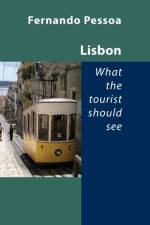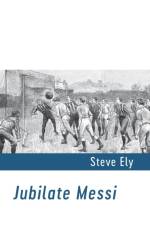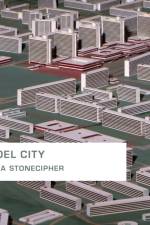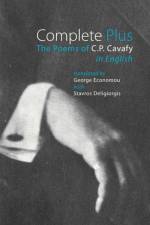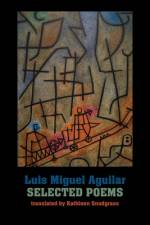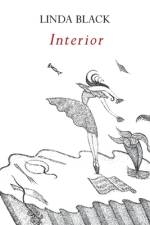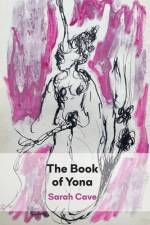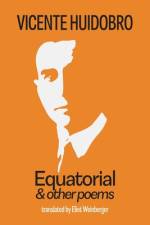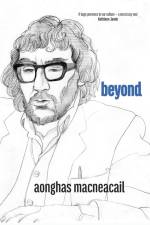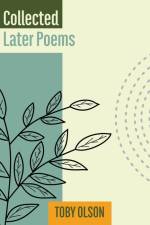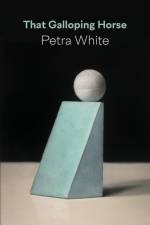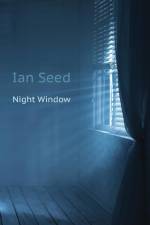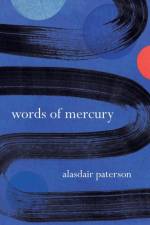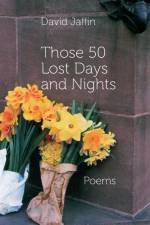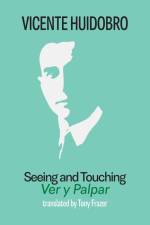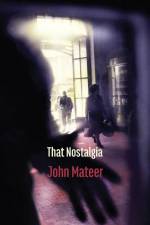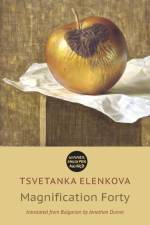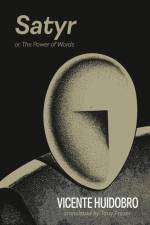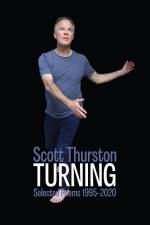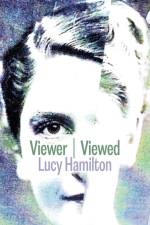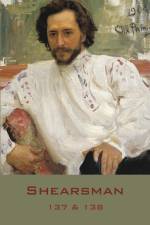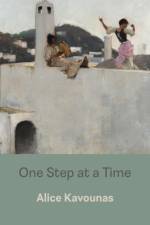av Ian Seed
169
"I go to Ian Seed's poetry whenever I need reminding of the possibilities or a good slap in the inspiration. A master of the prose poem and the unexpected lyric. There's a beautiful, painterly logic to these compositions and a perfect balance between the elevating magical and the crushingly disappointing. His narrators speak for all of us, at work, in transit, in family, memory, or continental cities. Grief-stricken, erotic, silly, embarrassed or baffled, but somehow determined to live 'joyously and seriously' against the inexplicable, the obligatory and the mundane at whatever damn cost. Night Window is shot through with melancholy, wit, absences and bookshops - it deserves legions of readers." -Luke Kennard "Exquisitely voiced and deeply beguiling, Night Window explores impermanence in uncanny, liminal and provocative poems. Often set in the transitory spaces of trains, buses, cafés, markets and trattorie, narrators confront their nostalgia and self-imposed exile in a series of threshold moments foregrounding 'obsession', 'unspeakable desire', erotic remembrance and quotidian encounters. The motif of fenestration heightens the fusion between neo-Gothic outsiderness and modernity's transcendent flaneurism in poems which are often mordantly humorous and sardonic. In self-reflexive, Calvino-esque moments, Seed reveals, 'I have to find a way / to free the text to yield its story' and reminds us, 'It takes a stranger to see the beauty'. Gertrude Stein once said Max Jacob had a 'poet soul'. A translator of Jacob's poetry, Ian Seed in Night Window, uncovers his own poet's soul and cements his reputation as one of the finest contemporary proponents of the prose poem form." -Cassandra Atherton Comments on previous books: "As a collection, The Underground Cabaret is more precise, more tightly structured than even its predecessors (which were themselves masterpieces of concision). It is compellingly readable, funny and at times filled with an eerie menace; all of which should appeal to the general reader. If there were any justice, it would be a bestseller." -Joe Darlington, The Manchester Review of Books. "In general, I tend to think of surrealist poetry as being grounded in a kind of contorted analogy, incongruent images welded together to create a kind of irrational logic, but Seed more or less eschews analogy. He shows us the world as it is, but it's not quite this world. All the elements seem quite familiar: parents, houses, streets, hotels, tourist attractions, partners and ex-partners, workplaces. However, they act and interact in ways that are disconcerting, just slightly off centre [...] The great strength of Seed's writing is that its apparent simplicity can encompass such multiple dimensions of reading." -Billy Mills, Elliptical Movements. "The Underground Cabaret is a series of sophisticated prose poems. The poems often give a surreal, dream-like picture of small incidents in charged, mysterious contexts. They are written with an easy elegance which underpins the surrealism and draws the reader into a world which feels real and whole, somehow. One of the blurb comments suggests that these pieces are actually about 'what it means to be human', and there is a lot of truth in that. In part, that sense is a result of Seed's skill as a writer, in part too, it is the element of embedded realism which gives the pieces their foundation; an air of normalcy that runs through even the 'weirdest' of the pieces." -Ian Pople, PN Review.

